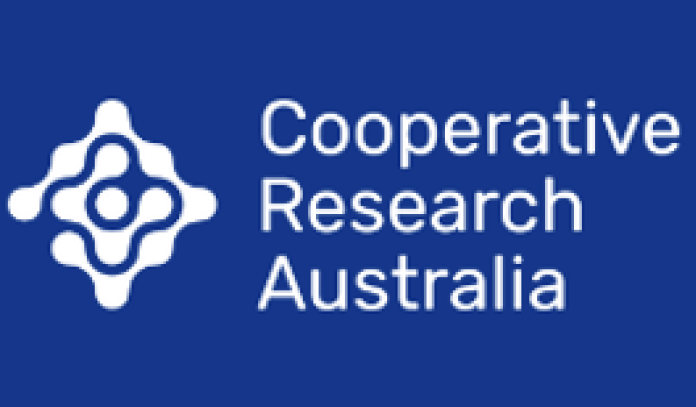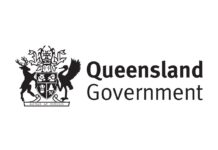
Media Release by Cooperative Research Australia (CRA)
The national body for industry-research collaboration, Cooperative Research Australia (CRA) congratulates and welcomes the new Albanese Ministry.
“We look forward to working with the Prime Minister and his new ministers to advance Australia’s capacity for industry-research collaboration to benefit our economy and all Australians,” said Cooperative Research Australia CEO Jane O’Dwyer.
CRA welcomed the appointment of the key Ministers who will drive forward innovation in Australia – the Hon Ed Husic MP (Industry and Science), the Hon Jason Clare MP (Education), the Hon Brendan O’Connor MP (Skills and Training), the Hon Tanya Plibersek MP (Environment and Water) the Hon Chris Bowen MP (Climate Change and Energy), the Hon Madeleine King MP (Resources and Northern Australia) and Senator Tim Ayres (Manufacturing).
“The Albanese government has made it clear by the expertise among these new ministers that they recognise the important role Australia’s innovation system plays for building our sovereign capability,” said Ms O’Dwyer.
“Australia’s innovation system is a rich source of talent and potential, from our world-leading universities to collaborative research powerhouses like the National Collaborative Research Infrastructure Strategy (NCRIS) facilities, Cooperative Research Centres (CRCs), Drought Hubs, Trailblazer Universities, Industry Growth Centres and so many more.
“For instance, the CRC program, one of the key pillars in the Australian innovation system that was an initiative of the Hawke Government, has produced over 4000 PhD industry-focused graduates in 30 years. These are the highly skilled people who are the backbone of Australian innovation, comfortable in both the laboratory and the boardroom.
“These entities return real economic value to Australia. For example, the Cancer Therapeutics CRC (now Canthera Discovery) ran for 13 years to 2020 with a $71 million Commonwealth investment. It has landed deals for ground-breaking cancer therapies with pharma giants for a headline value of close to A$1.4 billion.
“When we look forward, we can see the pivotal role industry-research collaboration will play as Australia looks for solutions to decarbonise our economy, build new industries and create opportunity. Cooperative Research Australia is proud host to a Decarbonisation Group – an interest group of our members who are involved in projects spanning up to Technology Readiness Level 9 (ready for full commercial deployment) and spanning all sectors of the economy.
Minister Husic will have on his desk the ACIL Allen Impact Assessment of the CRC Program. We know data presented at our Collaborate Innovate Conference in April, that the present and anticipated economic benefits (to 2025) of the CRC Program over the period of 2012- 2020 are $31 billion. GDP is currently $12.2 billion higher because of the program and GDP increased by $5.61 for every dollar of Government funding, and 22,007 full time equivalent job years have been created because of the Program.
“That is a huge impact. More than 30 years after its establishment, it perhaps can be viewed as a successful 30-year pilot, whose model, and lessons ripple across the system.
“Its benefits go beyond the translation of research into commercial benefit. The public good centres as The Lowitja Institute, Natural Hazards Research Australia and the Autism CRC translate research for a public economic, social, or environmental benefit.
“There is a real opportunity for the incoming Minister to bring together participants across the innovation ecosystem to foster better collaboration, and cross-government and intergovernmental coordination of innovation and research. Stepping up that cross-fertilisation will improve Australia’s competitiveness as an innovation nation.
“We look forward to working with the Albanese government to continue to foster collaboration across the innovation ecosystem to accelerate Australian industry, create new opportunities and jobs, and translate Australian research capacity into real economic benefit for the nation.”
















